Why I Keep Buying Apple Stock
Because I'm a diehard bargain hunter, I find Apple's stock too cheap to pass up.

When I launched my Practical Investing portfolio in 2011, I bought stocks in equal blocks of $10,000, figuring that taking this tack would make it easy for me to spot issues that needed attention. The approach also helped highlight my growing stake in Apple (symbol AAPL), which has come to occupy a disproportionately large part of my portfolio, even after it performed poorly over the past year.
I first invested in Apple because the stock was depressed in the aftermath of the death of its iconic CEO, Steve Jobs, in October 2011. I added to my stake in 2013 when the stock fell after a lackluster earnings report that seemed to reinforce Wall Street’s view that Apple would struggle without Jobs. When the stock plunged in late January, after the company warned that it expected revenues in the January–March quarter to decline 11% from the same period a year earlier, I bought yet again.
The bullish case. Why do I keep buying Apple? First, I believe that not only was Jobs brilliant and innovative, he also hired bright and innovative people—among them his successor, Tim Cook. The idea that thousands of talented Apple employees would lose their mojo without Jobs badgering them and bringing out their best defied common sense, in my view.
From just $107.88 $24.99 for Kiplinger Personal Finance
Become a smarter, better informed investor. Subscribe from just $107.88 $24.99, plus get up to 4 Special Issues

Sign up for Kiplinger’s Free Newsletters
Profit and prosper with the best of expert advice on investing, taxes, retirement, personal finance and more - straight to your e-mail.
Profit and prosper with the best of expert advice - straight to your e-mail.
Second, I love Apple products so much that I’m willing to pay a premium for them. And so does much of the rest of the world. In Apple’s October–December quarter, a record 74.8 million iPhones were sold at an average price of $691. By contrast, the average price of Android-based phones was $347, according to ABI Research.
Finally, because I’m a diehard bargain hunter, I find Apple’s stock too cheap to pass up. The stock, which peaked at just below $135 in April 2015, dropped 6.6% on January 27, after Apple issued its startling sales forecast. At $95.66 a share, the price I paid for my latest 45-share purchase, Apple sold for only 10 times estimated calendar-year earnings and offered a 2.2% dividend yield. Compare that with a price-earnings ratio of 16 and a 2.3% yield for Standard & Poor’s 500-stock index. And, of course, Apple has an amazing balance sheet, with $216 billion in cash and securities. (My Apple stake is now worth $33,477 and represents nearly 13% of the portfolio.)
Beyond the forecasted revenue drop, Wall Street worries that Apple will no longer produce consistent, above-average profit growth. That Apple’s growth is slowing should not come as a shock. When you generate $234 billion in sales, as Apple did in its last fiscal year, you need to sell an additional $2.3 billion worth of products and services to eke out a 1% gain. To put that figure in perspective, Twitter (TWTR) rang up a total of $2.2 billion in sales last year.
And although Apple’s growth rate may be slowing, the company is hardly heading toward oblivion. For starters, the expected launch this summer of the iPhone 7 will surely goose sales. Moreover, Cook says the company is using this period of economic uncertainty to invest heavily in emerging nations—most notably in China and India, where a favorable combination of demographics (young populations) and economics (growing wealth) bode well for high-quality consumer brands, even if they are a bit pricey. Apple’s sales in India spiked 38% in the October–December quarter, and the company plans to open 12 new stores in China by summer, bringing the total to 40.
It’s true that China’s economy is slowing, and that might make a dent in the China-expansion part of the story. But that brings me back to valuation. At 10 times earnings, Apple is priced more like slow-growing Bank of America (BAC) than a magnificent technology leader. I feel confident about my latest purchase and might even buy more Apple shares if the price drops further.
Profit and prosper with the best of Kiplinger's advice on investing, taxes, retirement, personal finance and much more. Delivered daily. Enter your email in the box and click Sign Me Up.

-
 The SEC Is Concerned for Older Investors and Retirement Savers. Here's What You Should Know
The SEC Is Concerned for Older Investors and Retirement Savers. Here's What You Should KnowThe SEC focusing on older investors, retirement and college savers, and private securities. Here's how those changes impact you.
-
 Vesting, Catch-Ups and Roths: The 401(k) Knowledge Quiz
Vesting, Catch-Ups and Roths: The 401(k) Knowledge QuizQuiz Test your understanding of key 401(k) concepts with our quick quiz.
-
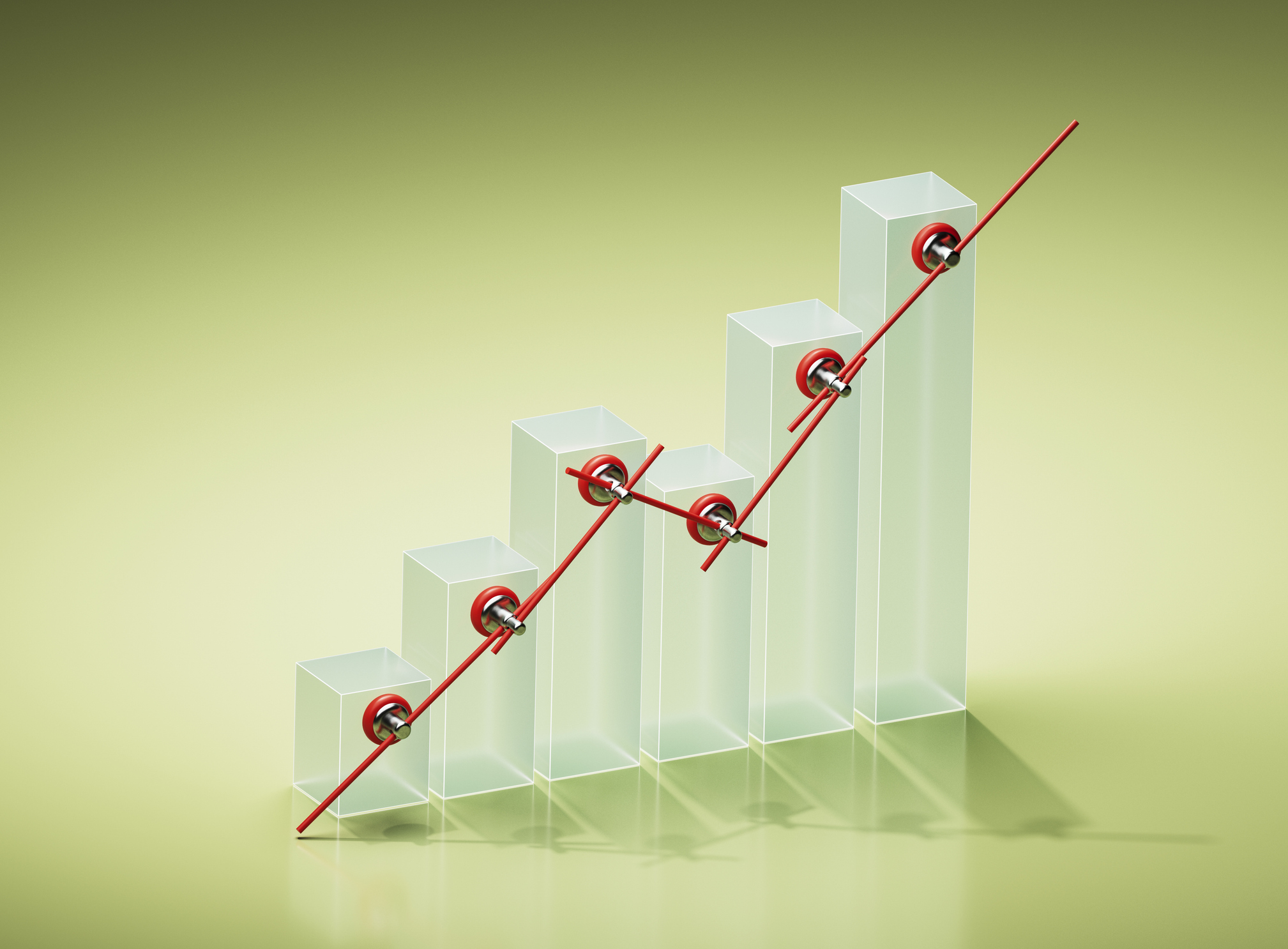 Why You Should Pay Attention to Company Guidance
Why You Should Pay Attention to Company GuidanceUnderstanding how corporate profit forecasts affect analysts’ estimates and stock ratings can help you make investment decisions.
-
 Crypto Trends to Watch in 2026
Crypto Trends to Watch in 2026Cryptocurrency is still less than 20 years old, but it remains a fast-moving (and also maturing) market. Here are the crypto trends to watch for in 2026.
-
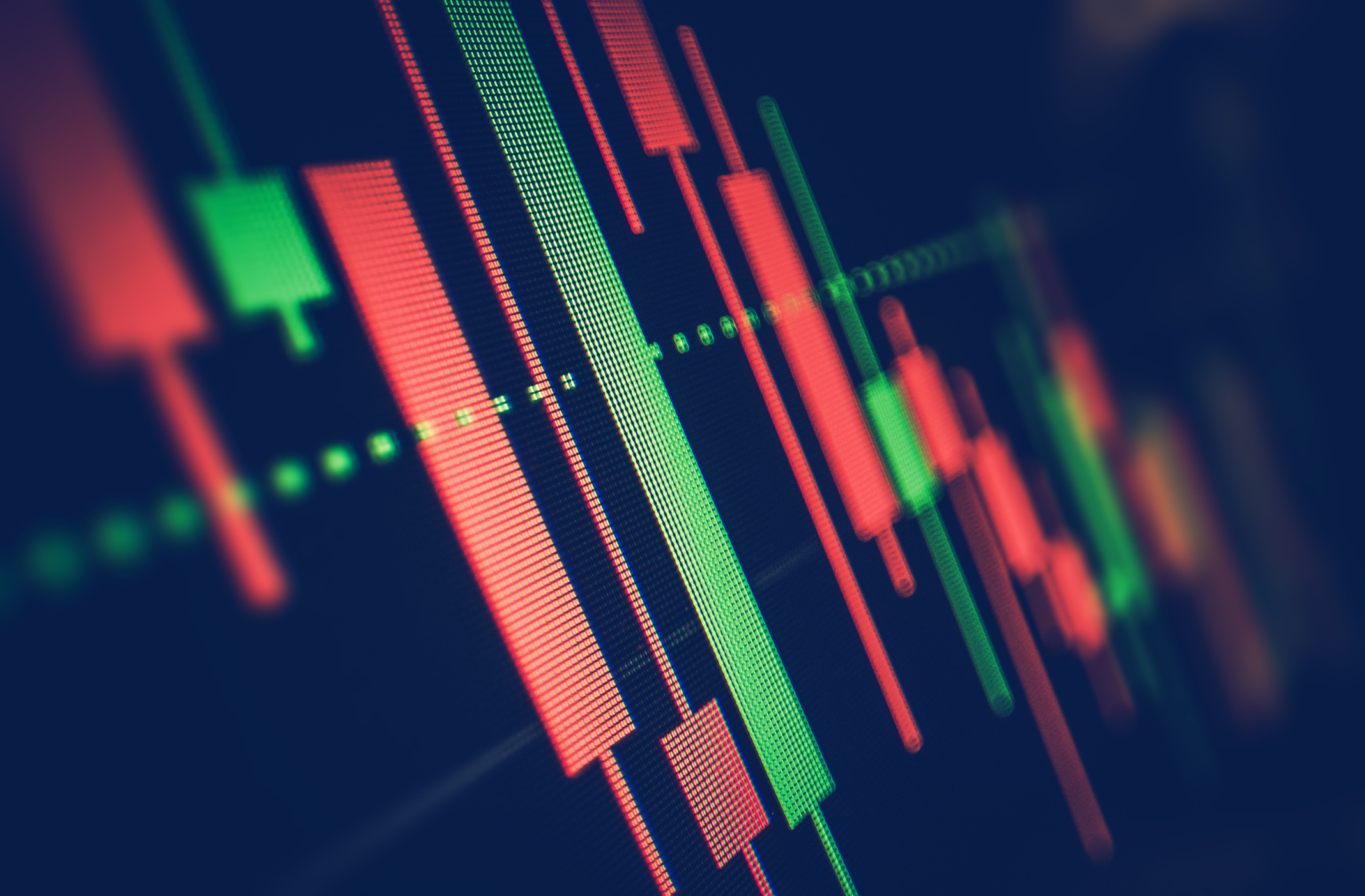 Dow Slides 427 Points to Open December: Stock Market Today
Dow Slides 427 Points to Open December: Stock Market TodayThe final month of 2025 begins on a negative note after stocks ended November with a startling rally.
-
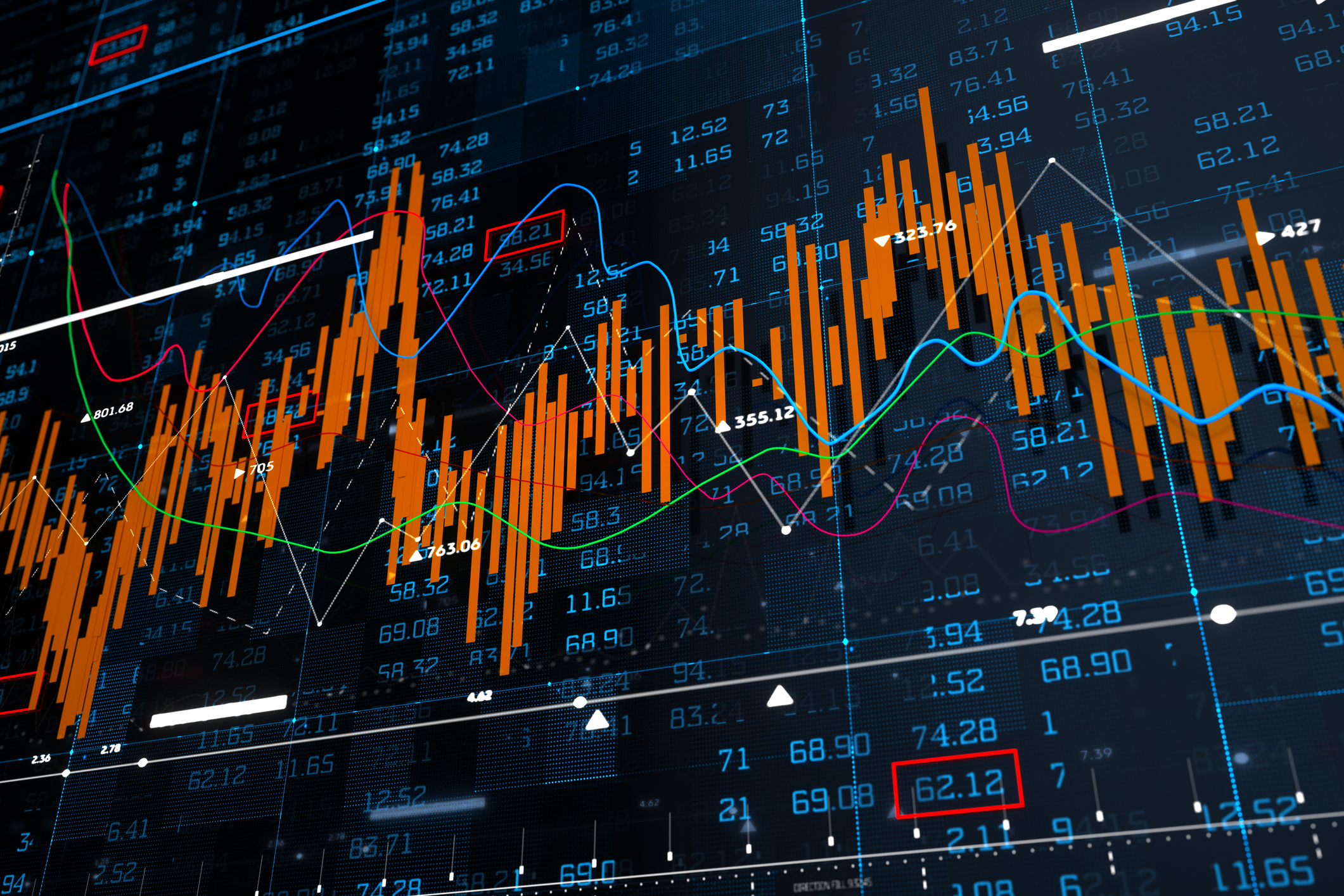 Stocks Extend Win Streak on Black Friday: Stock Market Today
Stocks Extend Win Streak on Black Friday: Stock Market TodayThe main indexes notched wins in Friday's shortened session, with the blue-chip Dow Jones Industrial Average closing higher on the month.
-
 Dow Adds 314 Points to Thanksgiving Rally: Stock Market Today
Dow Adds 314 Points to Thanksgiving Rally: Stock Market TodayInvestors, traders and speculators enjoy the best Thanksgiving Week gains for the major stock market indexes in more than a decade.
-
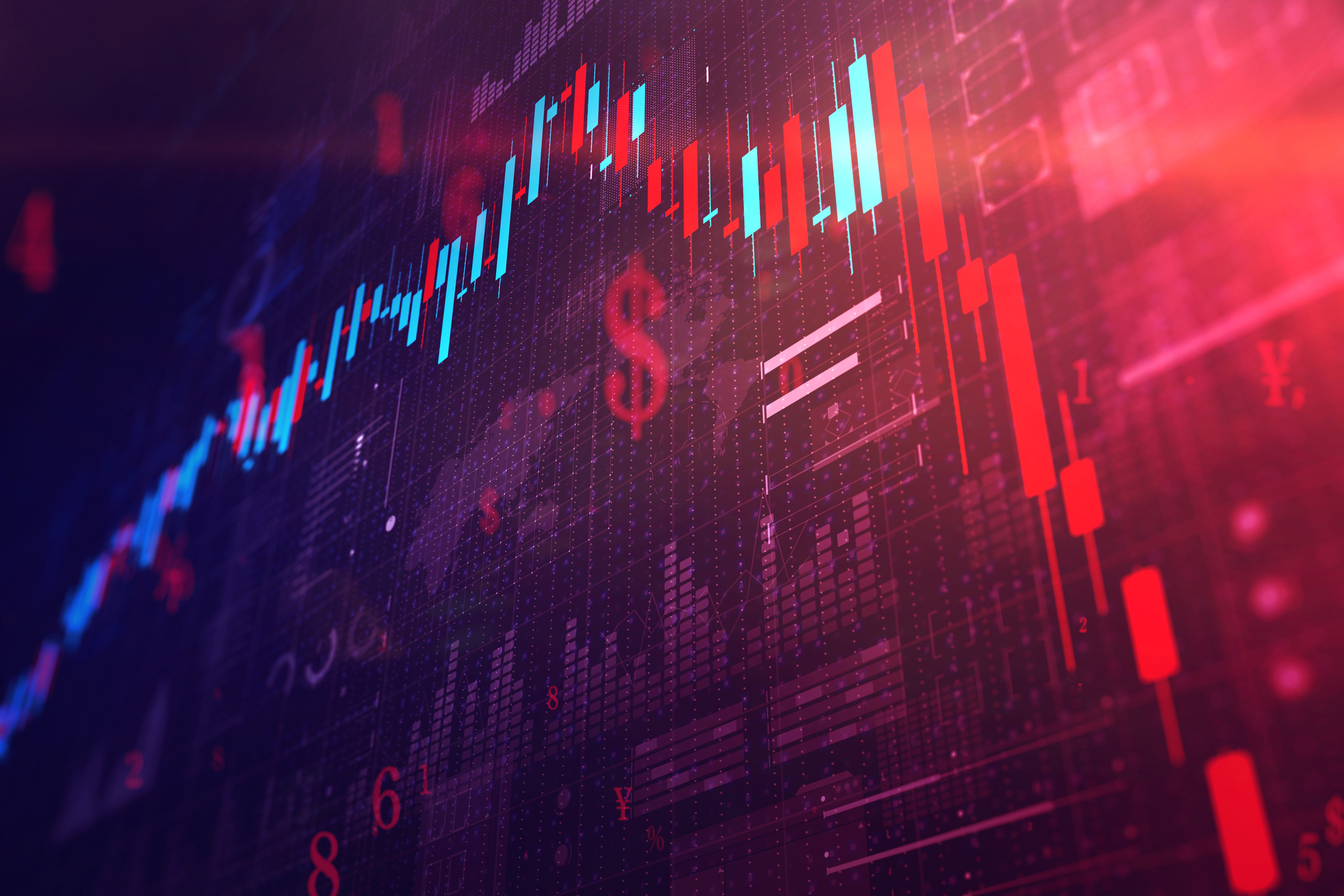 Dow Falls 557 Points to Start NVDA Week: Stock Market Today
Dow Falls 557 Points to Start NVDA Week: Stock Market TodayThe Oracle of Omaha saw growth and value in certain corners of the stock market during the third quarter.
-
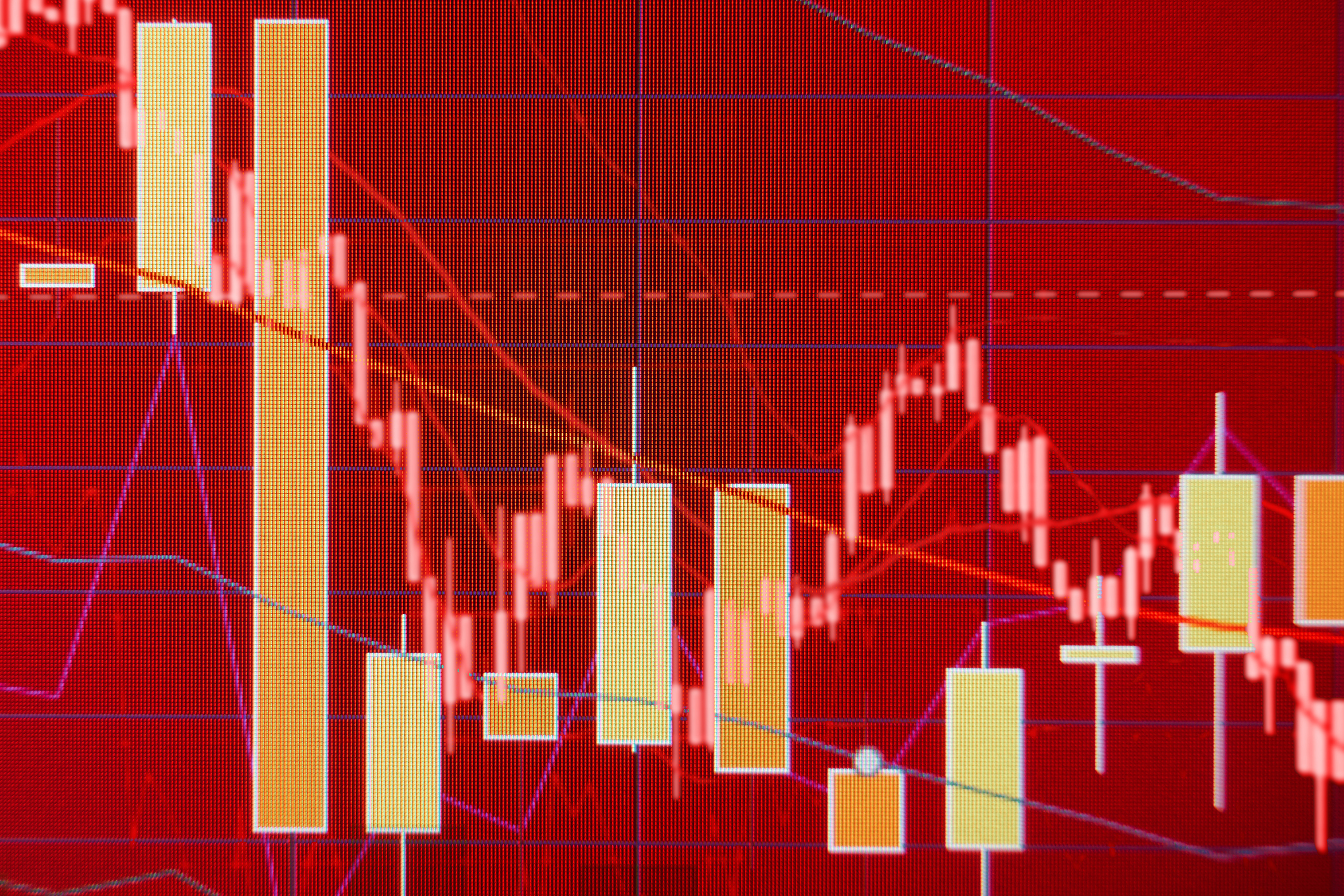 Dow Dives 797 Points as Government Opens: Stock Market Today
Dow Dives 797 Points as Government Opens: Stock Market TodayThe process of pricing and re-pricing realities old and new never stops, and next week promises to be at least as exciting as this week.
-
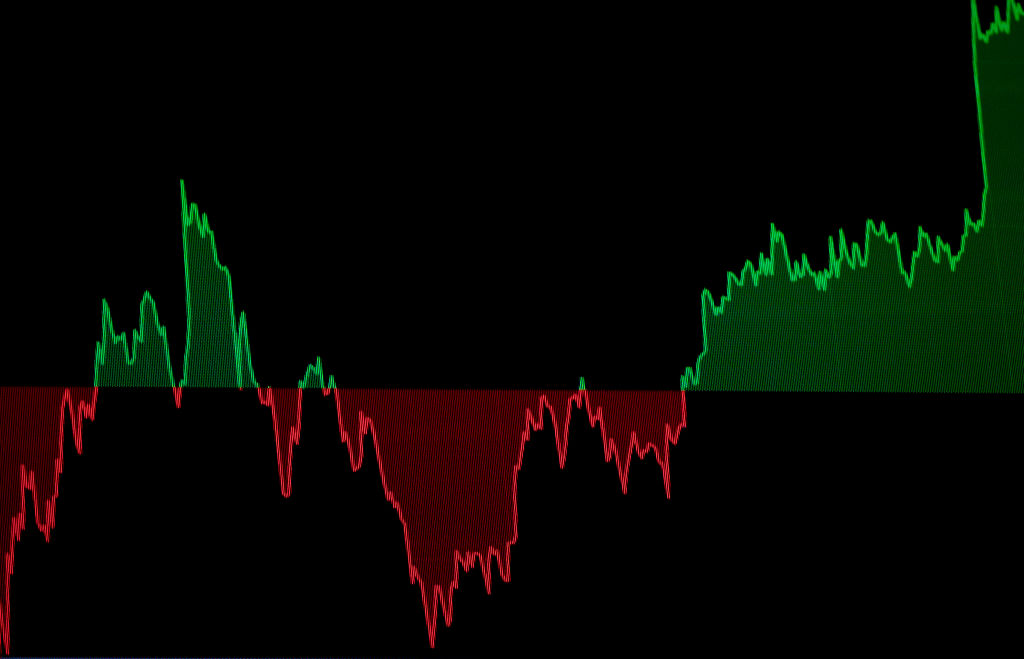 Dow Climbs 327 Points, Crosses 48,000: Stock Market Today
Dow Climbs 327 Points, Crosses 48,000: Stock Market TodayMarkets are pricing the end of the longest government shutdown in history – and another solid set of quarterly earnings.
-
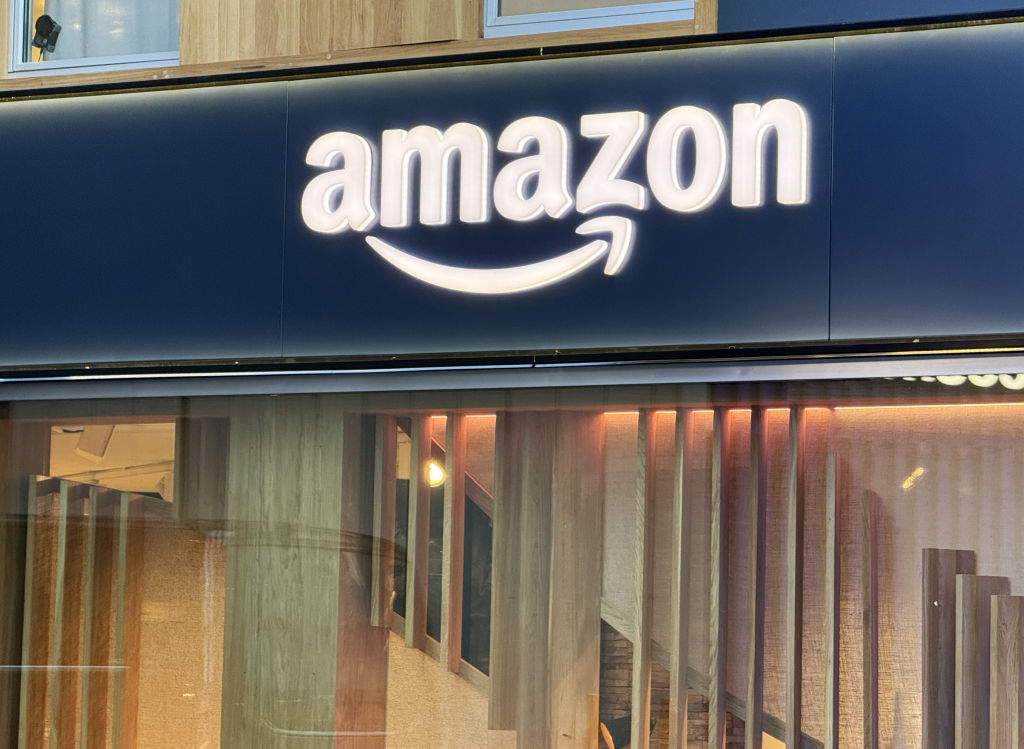 Stocks Close Out Strong Month With Solid Amazon Earnings: Stock Market Today
Stocks Close Out Strong Month With Solid Amazon Earnings: Stock Market TodayAmazon lifted its spending forecast as its artificial intelligence (AI) initiatives create "a massive opportunity."